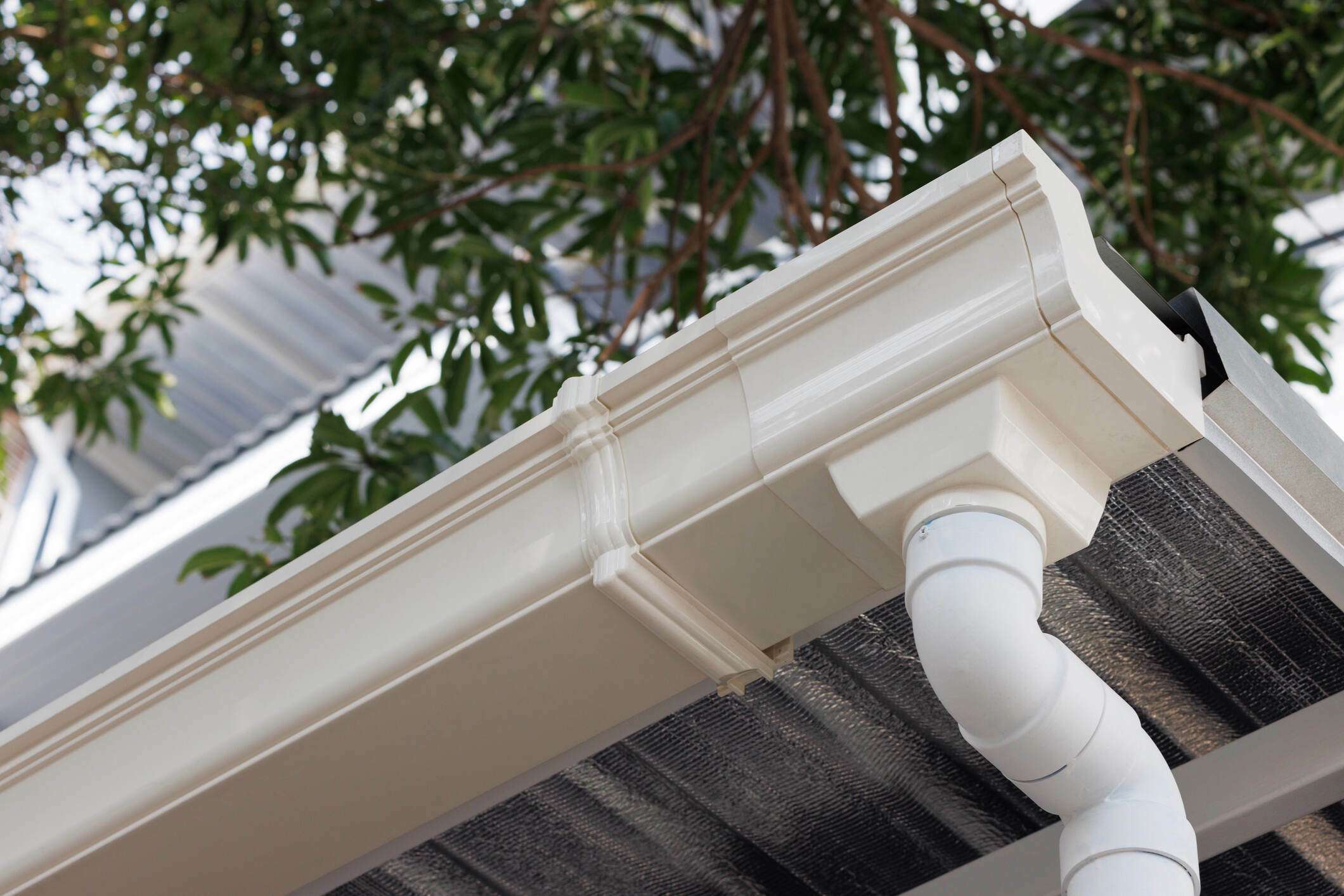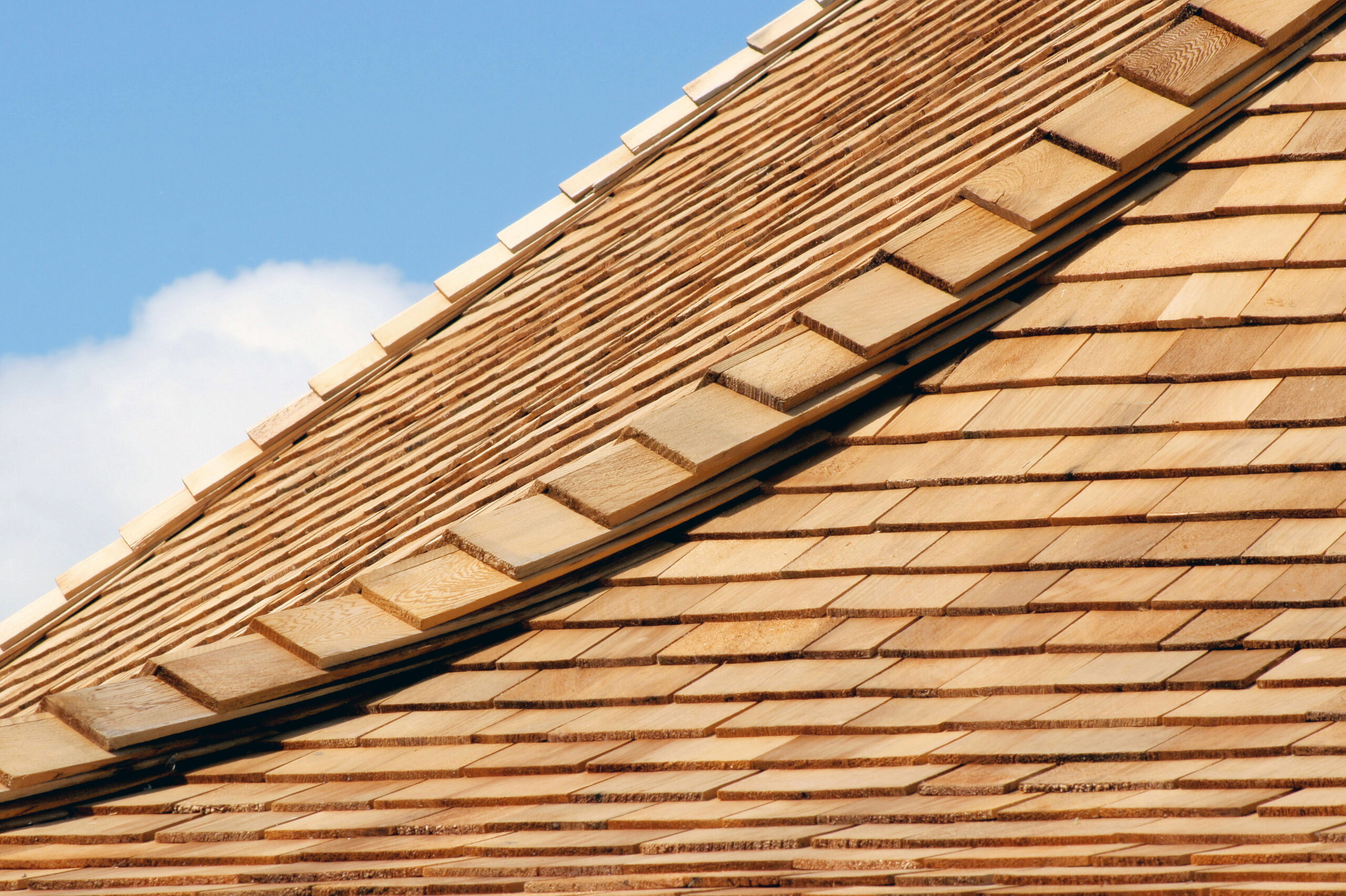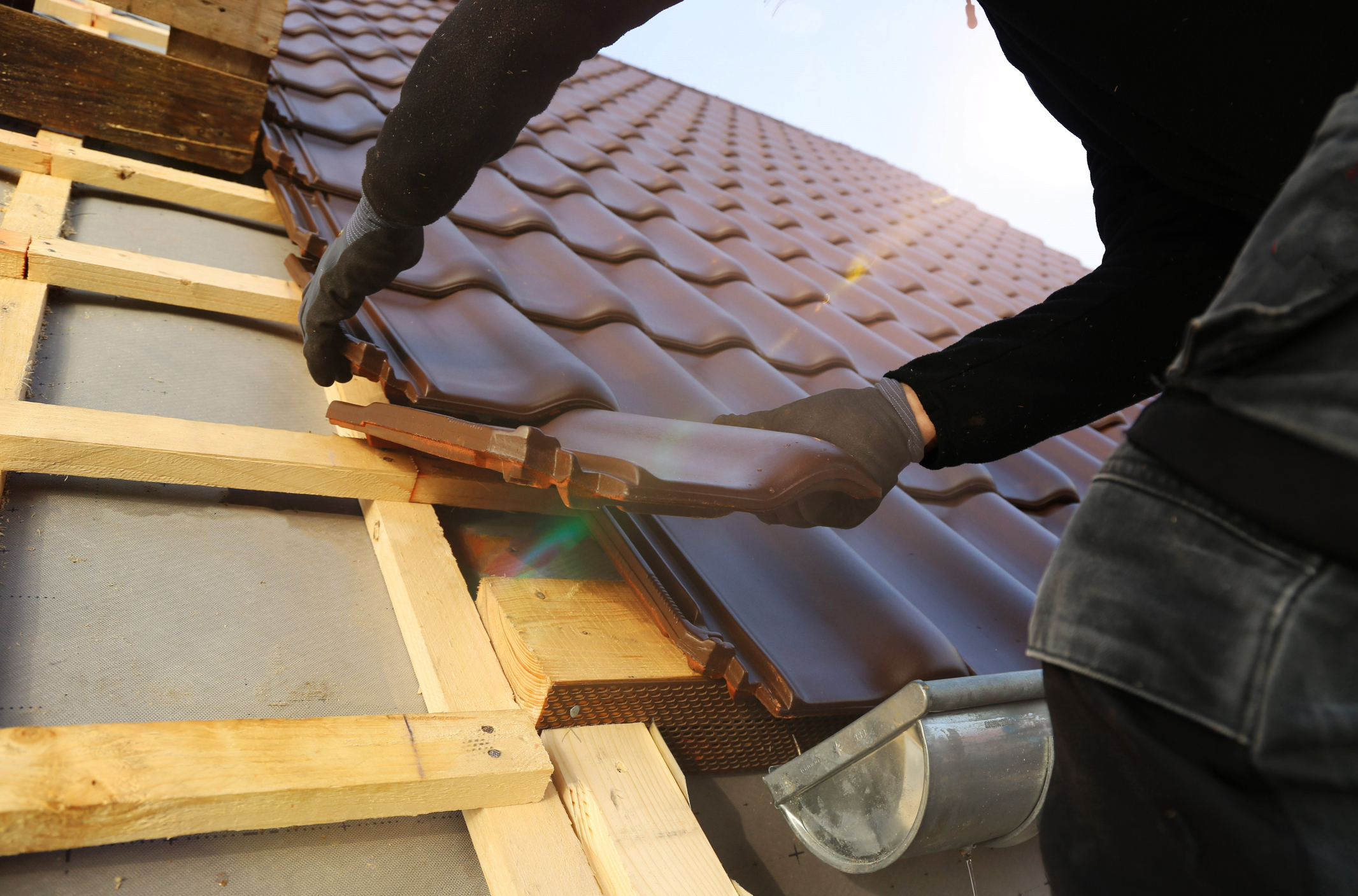Are you tired of your black asphalt shingles? Is the aesthetic just not working for…

How to Protect Your Roof from Storm Damage
When a storm comes, it is your roof’s job to protect you from the storm. That is what it means to have a roof over your head. You are not going to climb up there and hold an umbrella up to protect your roof from the storm. It endures the rain, hail, sleet, snow, and extreme temperature changes. However, there are things that you can do to take steps to protect your roof from damage in a storm.
First, think about the type of extreme weather that is likely in your area. That can help you plan to protect your roof. If you get heavy winds, you want a roof that is built to withstand that wind- sometimes known as hurricane grade roofing. If you get lots of hail, you may consider an upper protective layer over your roof. Heavy snow means deeper pitches to help your roof shed that heavy snow.
However, most of us are not starting from nothing, but, instead, working with an existing roof. So, start by protecting the roof. You want to see if it needs any repairs. Fixing any issues before a storm can keep small problems from becoming big problems. For example, in fierce winds loose shingles easily become missing shingles.
While you are inspecting your roof, take the time to inspect, repair, and clean your gutters. Gutters do an excellent job of moving water away from the edges of your home. However, clogged gutters are a common cause of roof leaks. You want to make sure that your gutters are clean so that they will function properly and not cause leaks.
Next, survey your surroundings. Much damage to roofs comes from surrounding objects. You want to trim overhanging branches to reduce the chances of damage in a massive storm. Sometimes this may mean working with neighbors if your trees endanger their roofs or vice-versa.
If a storm is coming, you also need to look for what might fly around during the storm. Anytime there is a chance for high winds, there is a chance that those items will fly around in the wind. So, if you are expecting a bad storm, remove lightweight objects from the yard. You also want to secure heavy objects if you cannot move them inside.
Finally, you should have a roofing contractor inspect your roof after a major storm. You cannot see some storm damage to your roof from the ground. In fact, even a seriously damaged roof can look fine from the ground. So, get your roof inspected after major storms.



